How to Best Use Your Yoga Blocks
Do you feel like using props in your yoga practice is a sign of weakness? Of inability?
I invite you to take a different perspective. Even the most “advanced” practitioner would find value in using props, especially if it means getting more sensation and a deeper connection to your body and breath. This is the first of a photo series of my favorite props. First up: blocks.
PYRAMID POSE // PARSVOTTANASA
Bring the blocks underneath your palms to bring the ground closer to you. Keep your feet hip width distance apart and hips square as you fold over your front leg. Allow the spine to soften over your leg.
FORWARD FOLD // UTTASANA
With feet hip width distance apart, fold from the hips with your knees slightly bent. Use the blocks again under your palms to bring the ground to you so that you can relax the back-body.
WIDE LEGGED DOWNWARD DOG // PRASRITA ADHO MUHKA SVANASANA
With your feet pointing forward and widely set, bring the blocks under your hands as you stretch your spine long. Imagine your sitz bones and tailbone lifting up and away from your palms. This one is a good modification for pregnant women who don’t feel as great in a regular downward dog!
SUPPORTED FISH POSE // MATSYASANA
Set your first block up along your thoracic spine in between your shoulder blades. The second block can be at any height under your head that feels supportive for your head and neck. Allow your legs to go straight, bent, feet together or knees together. That part is up to you! For your arms, you can create a cactus or goal post shape to stretch across your chest, or lay your arms down by your side comfortably to just work on the supportive heart-opening pose.
RECLINING BOUND ANGLE POSE // SUPTA BADDHA KONASANA
Picture 1 in this pose has the blocks placed under the knees to support the inner thigh stretch you’ll feel. For a more intense variation, place the feet on top of your blocks at whatever height gives you the sensation of the inner thigh/groin stretch you’re looking for.
Of course, these are just a HANDFUL of ways to use your blocks. If you have questions, please ask me! I love to help people problem solve with their yoga postures, especially in these more supportive poses.
There are different sizes, weights, and materials used for blocks. Standard size of use and the ones pictured below are Manduka’s cork block 4” x 6” x 9”. You can find most made out of foam at a cheaper price than cork. Marshall’s, TJ Maxx, Amazon, Target, or any other sports/yoga studio should have some available under $20 each!






